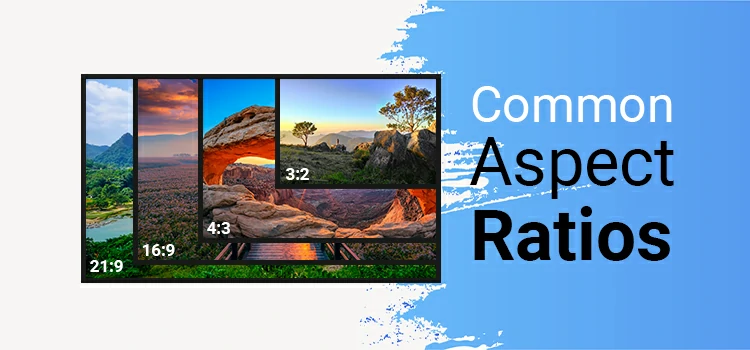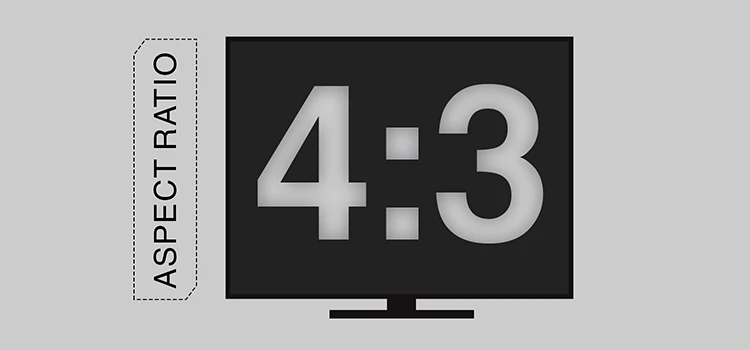The Ultimate Guide To What Is A Digital Photography?

When discussing digital photography how about we discuss film picture making? You may not see numerous film Polaroids available to be purchased nowadays, and digital engineering is without a doubt assuming control, however, the film is still utilized by expert and novice photographers, in addition to numerous films are still shot in movie form. Film photography is made when a piece of gelatine, covered with uncommon chemicals, is presented to light.
The light makes a concoction record on the strip, which can then be presented to additional chemicals to make a “negative” (where the lighter zones show up darker and darker ranges show up lighter) picture.
This picture can then be changed over to a positive picture and printed on photo paper by handling it with considerably more chemicals in a dim room. Sound a bit muddled? It is! In the event that a photographer then needed to “alter” these pictures, he or she completed so in this last phase of the methodology, the printing stage. Their altering choices were exceptionally restricted.
Essentially, the photographer could uncover certain ranges of the image to pretty much light in the event that they were over or underexposed (called “avoiding” and “blazing” separately).
Photos could additionally be “trimmed” (removing certain unwanted zones), yet that is for the most part the degree of the “altering” that could be performed before the entry of machines. Thank heavens for the appearance of the digital photograph-taking Guide.

Modern photography varies from customary film photography in that, as opposed to being light uncovered onto a film strip, a picture catch happens through a CCD (charge-coupled gadget) or CMOS (reciprocal metal oxide semiconductor) sensor in a digital Polaroid.
These sensors radiate a charge when they interact with light, which is then changed over into binary (coding) data, which makes up the picture. These pictures are made out of picture components called “pixels” which are modest little squares, each with its own particular quality speaking to shade and power.
There might be millions and a huge number of these pixels in your photos. Actually, the more there are, the better the nature of your picture. One million pixels measure up to a megapixel (generally composed as “MP”), which is the way Polaroids make pictures.
The more megapixels a Polaroid is appraised for, the highest quality pictures that Polaroid takes, yet the more unmanageable the Polaroid is. Case in point, a 10-megapixel Polaroid brings images with 10 million pixels, which is twice what a five-megapixel Polaroid takes, however, a 10-megapixel Polaroid is likely more unmanageable.
Regardless of the megapixel rating, all these pixels meet up to make one single picture, which is then put away on your digital Polaroid’s memory gadget (whether that be a card, a plate, or a stick).
The best part is that digital photos are taken, put away, and visible practically immediately! Modern Photograph gives an unparalleled capability to effectively shoot various astounding images at sensible ease (contrasted with film). Critically, this provides us the adaptability to digitally alter those photos effectively, productively, and with some extremely cool effects.







